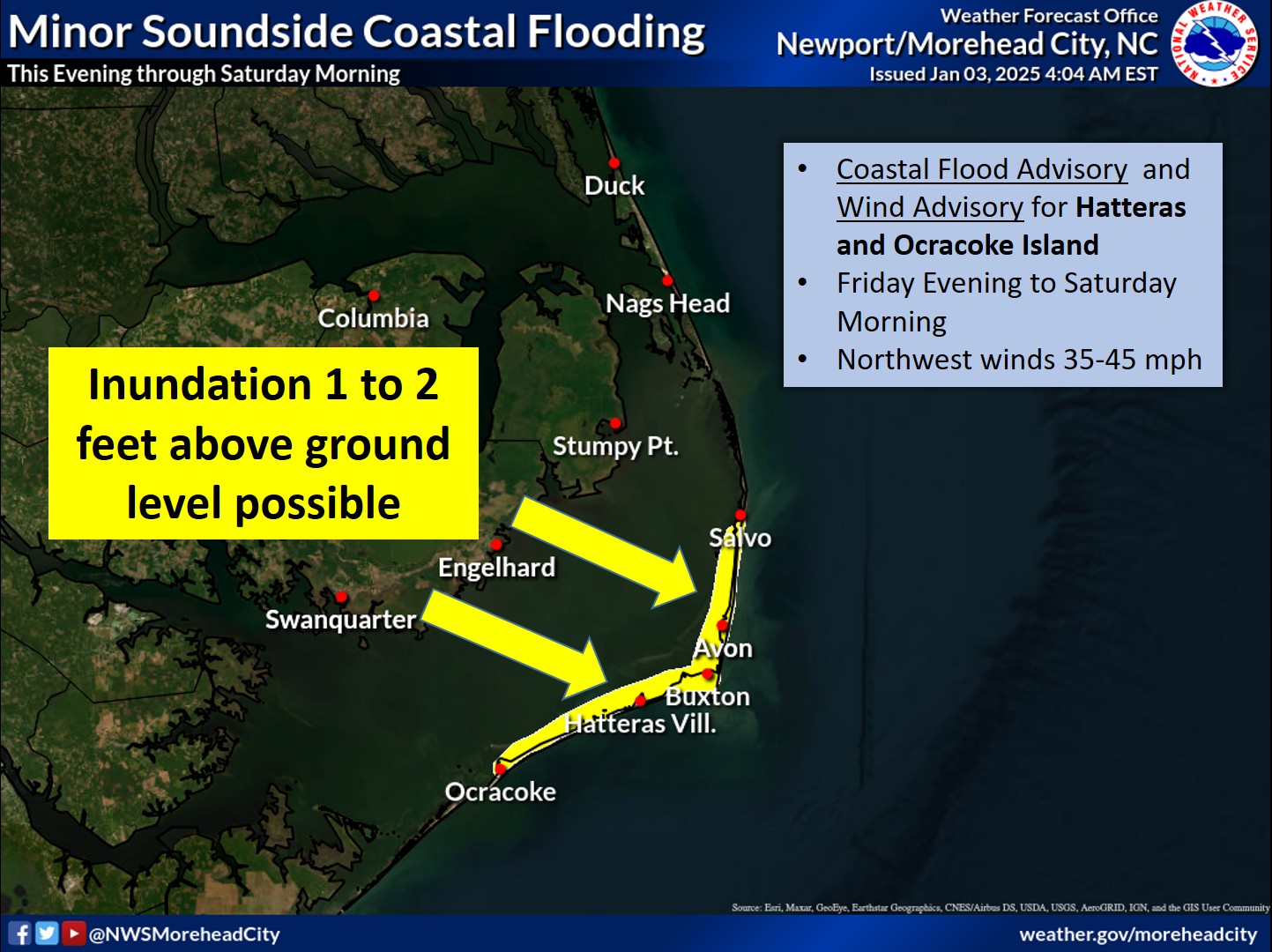Night Sky: Eta Aquarids meteor shower, visible planets, and more highlights for May
Here is something really cool, (at least for an astronomer!) This is M87:

It’s a fairly unexciting elliptical galaxy that was discovered by Charles Messier in 1781. I find that pretty interesting since I think it would have been pretty difficult to see with the 4-inch telescope he used. M87 has a visual magnitude of +8.7 and is believed to be 55 million light-years away from us. It is a huge galaxy that contains more than 2 trillion stars and has a diameter of 120 thousand light-years.
But just the same, it doesn’t seem to have the structure for a very stunning photograph. Actually, it is hard to distinguish it from a globular cluster. But then I found out that M87 has a huge black hole at its center, and better still, that black hole shoots out a plasma jet that travels close to the speed of light!
The jet was discovered in 1918 by Heber D. Curtis. On a whim, I decided to see if I could find that jet in my image, and here’s the result:

The jet is the bright spur that sticks out towards the top of the image. It is believed to be about 5 thousand light-years long! It’s estimated that the stream of plasma might be as hot as 1 billion degrees. I wouldn’t want my planet to get in the way of it, as it would mean instant annihilation!
What you can look for in May’s Night Skies
There are no planets visible in the evening skies. Sirius will be the evening star just above the Western Horizon. With a visual magnitude of -1.4, it’s not Venus, but it is the brightest star in our skies! Sirius is about 8.6 light-years away from us.
The early morning skies will be much more interesting. Saturn rises at 2:52 a.m. Mars follows at 3:43 a.m. Neptune is next in line at 4:13 a.m., and then Jupiter and Venus rise at 4:21 a.m. and 4:23 a.m., respectfully.
The Eta Aquarids meteor shower peaks on the morning of May 7. The best viewing will be at 4:00 a.m. The shooting stars will appear to originate about 16° above the Eastern Horizon, just above Mars.
Moon Phases:
1st Quarter is May 8
Full Moon is May 16
Last Quarter is May 22
New Moon is May 20

















